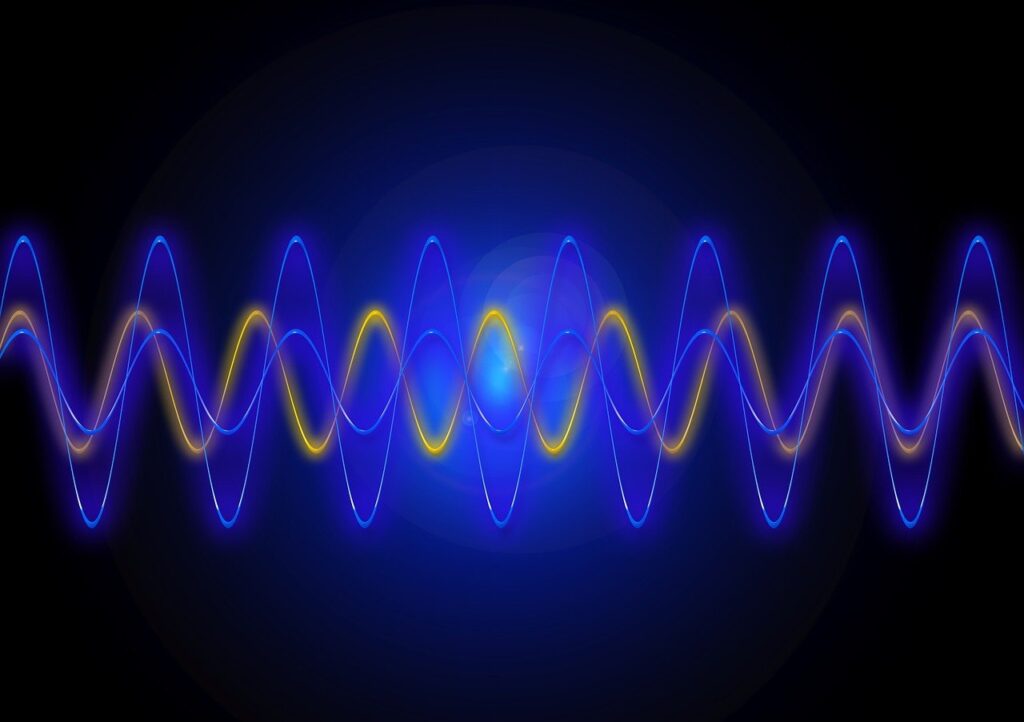1. Force, Work, Power and Energy
(i) Turning forces concept; moment of a force; forces in equilibrium; centre of gravity; [discussions using simple examples and simple numerical problems].
(ii) Uniform circular motion.
(iii) Work, energy, power and their relation with force.
(iv) Different types of energy (e.g., chemical energy, Mechanical energy, heat energy, electrical energy, nuclear energy, sound energy, light energy).
(v) Machines as force multipliers; load, effort, mechanical advantage, velocity ratio and efficiency; simple treatment of levers, pulley systems showing the utility of each type of machine.
(vi) Principle of Conservation of energy.
2. Light
(i) Refraction of light through a glass block and a triangular prism – qualitative treatment of simple applications such as real and apparent depth of objects in water and apparent bending of sticks in water. Applications of refraction of light.
(ii) Total internal reflection: Critical angle; examples in triangular glass prisms; comparison with reflection from a plane mirror (qualitative only). Applications of total internal reflection.
(iii) Lenses (converging and diverging) including characteristics of the images formed (using ray diagrams only); magnifying glass; location of images using ray diagrams and thereby determining magnification.
(iv) Using a triangular prism to produce a visible spectrum from white light; Electromagnetic spectrum. Scattering of light.
3. Sound
(i) Reflection of Sound Waves; echoes: their use; simple numerical problems on echoes.
(ii) Natural vibrations, Damped vibrations, Forced vibrations and Resonance – a special case of forced vibrations.
(iii) Loudness, pitch and quality of sound.
4. Electricity and Magnetism
(i) Ohm’s Law; concepts of emf, potential difference, resistance; resistances in series and parallel; internal resistance.
(ii) Electrical power and energy.
(iii) Household circuits – main circuit; switches; fuses; earthing; safety precautions; three-pin plugs; colour coding of wires.
(iv) Magnetic effect of a current (principles only, laws not required); electromagnetic induction (elementary); transformer.
5. Heat
(i) Calorimetry: meaning, specific heat capacity; principle of method of mixtures; Numerical Problems on specific heat capacity using heat loss and gain and the method of mixtures.
(ii) Latent heat; loss and gain of heat involving change of state for fusion only.
6. Modern Physics
(i) Radioactivity and changes in the nucleus; background radiation and safety precautions.
(ii) Nuclear fission and fusion; basic introduction and equations.

